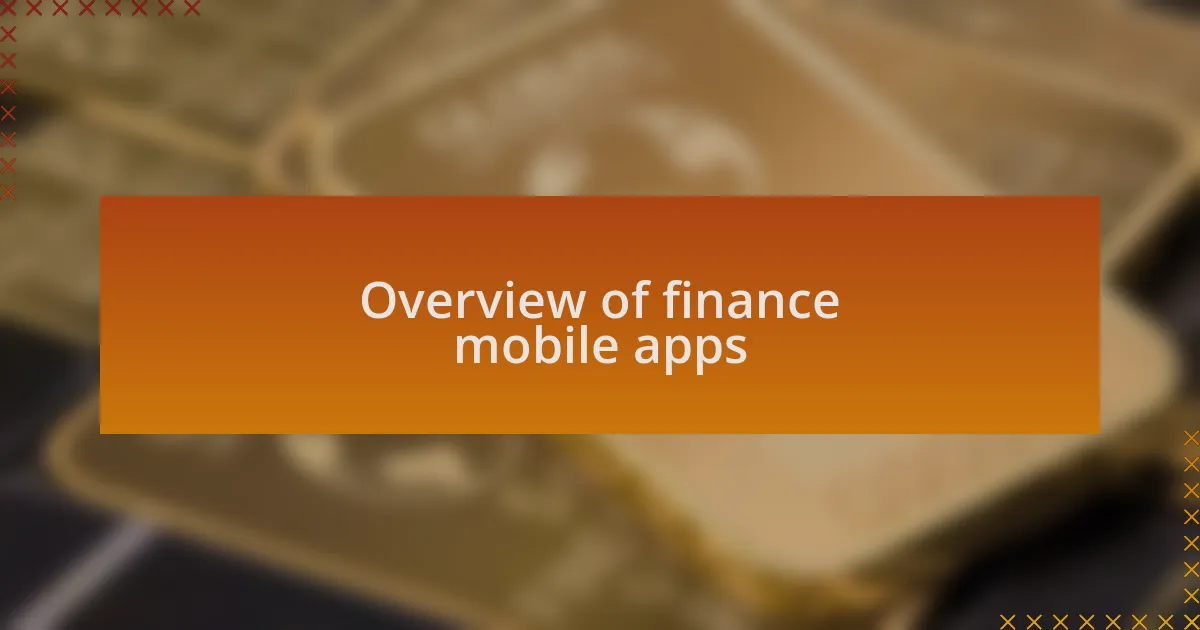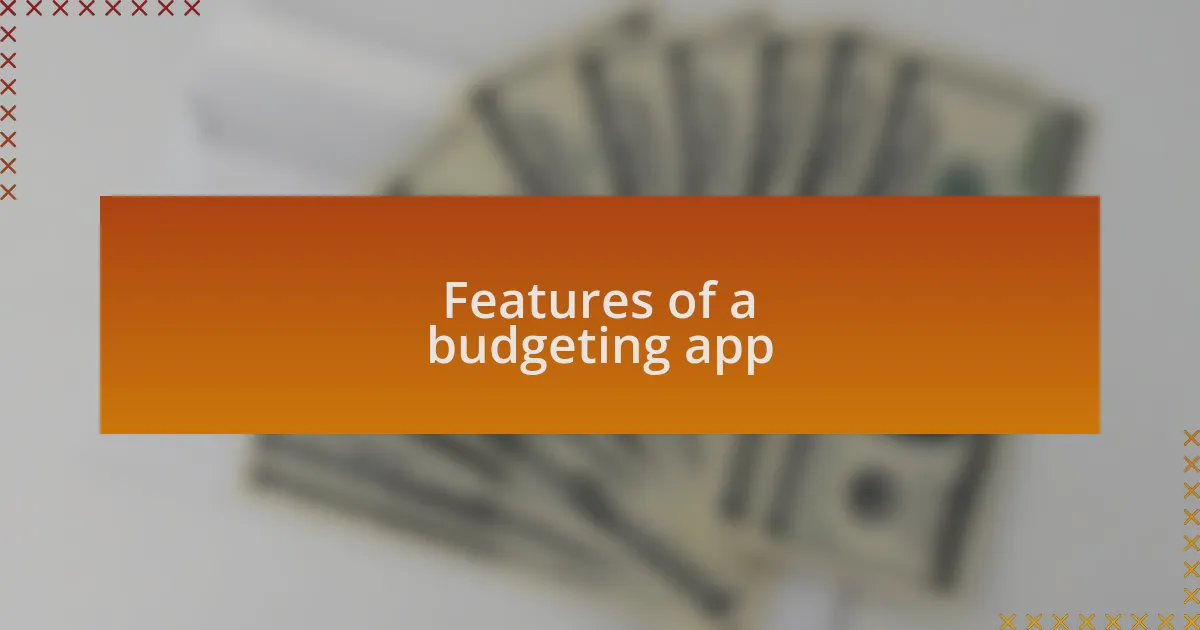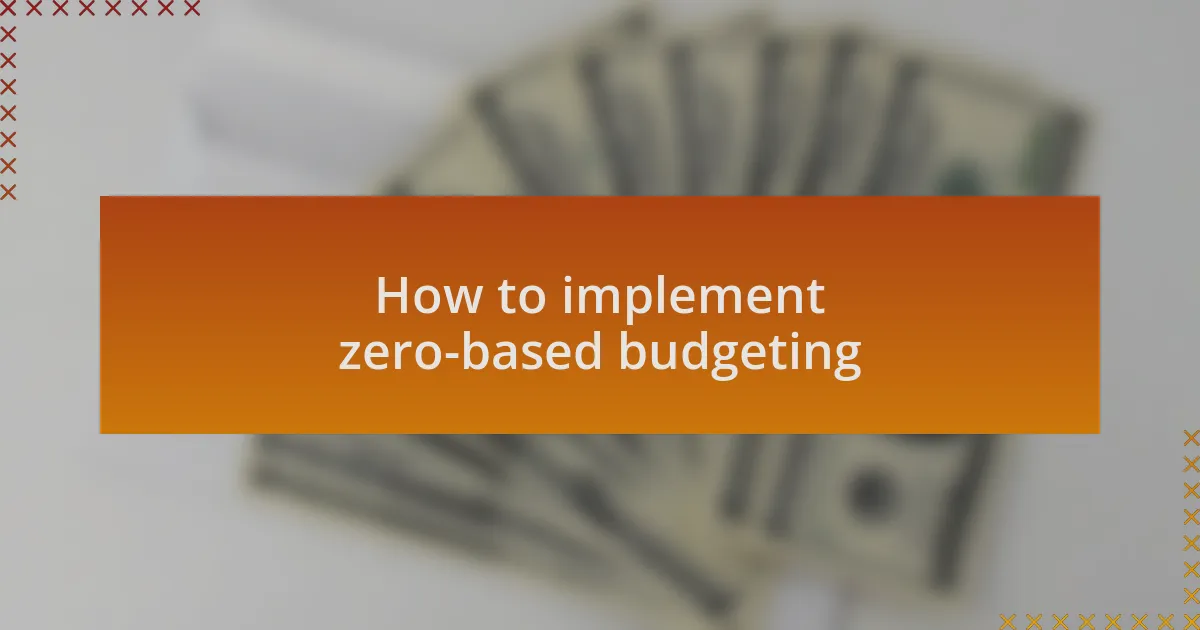Key takeaways:
- Zero-based budgeting (ZBB) allocates every dollar of income to specific expenses, encouraging mindful spending and financial empowerment.
- Budgeting apps enhance financial management through features like expense categorization, real-time updates, and reminders for payments.
- Finance mobile apps offer diverse functionalities, including investment tracking and community engagement, motivating users towards financial goals.
- Implementing ZBB involves listing income and expenses, assigning every dollar a purpose, and maintaining flexibility to adapt to unexpected financial changes.

What is zero-based budgeting
Zero-based budgeting (ZBB) is a financial planning method where every dollar of income is allocated to specific expenses, savings, or investments, starting from a “zero base.” I remember when I first encountered this approach; it felt liberating to see my finances clearly mapped out. Instead of counting on the previous month’s spending habits, I had to justify every expense, ensuring each dollar served a purpose.
This method might seem daunting at first—why would anyone want to start from scratch each month? However, I find that it encourages a deep examination of my financial priorities. For instance, I used to mindlessly spend on subscriptions I rarely used, but with ZBB, I realized that those dollars could be better spent elsewhere, like savings or even a little splurge on experiences that enrich my life.
Moreover, in the world of zero-based budgeting, flexibility is key. As life changes, so do the budgets I create. I often ask myself, “What do I really need this month?” and that question leads me to make more mindful choices. It transforms budgeting from a chore into a dynamic tool for empowerment, allowing me to take control of my financial future.

Importance of budgeting apps
Budgeting apps have become essential tools for managing personal finances effectively. I remember the days when jotting down expenses on paper felt overwhelming. With a budgeting app, tracking spending is not just easier, but it also provides visual insights into spending habits. It’s fascinating how seeing data presented visually can motivate me to stick to my budget goals.
One feature I appreciate is the ability to set up reminders for bills and upcoming payments. I used to worry about forgotten deadlines, leading to late fees and stress. Now, with alerts from my budgeting app, I feel a sense of relief knowing I’m on top of my financial responsibilities. Have you ever experienced that freeing feeling when everything is organized? That’s what these apps offer—more security and peace of mind in my daily life.
Moreover, many budgeting apps integrate with bank accounts, providing real-time updates on balances and spending. This immediacy keeps my finances transparent and actionable. I often find myself checking my app before making any impulse purchase, which encourages me to ask, “Can I truly afford this right now?” That simple question has helped me refrain from many unnecessary buys, ultimately leading to better financial health.

Overview of finance mobile apps
Finance mobile apps serve as indispensable companions in today’s fast-paced financial landscape. They not only facilitate budgeting but also offer features that simplify expense tracking and investment management. I still recall when I relied heavily on spreadsheets; while they were functional, they didn’t provide the immediacy or user-friendly experience that apps do. Nowadays, I find myself appreciating how these applications bring financial information at my fingertips, allowing for quick decision-making based on real-time data.
What truly stands out to me is the diversity of options available in finance apps. From those that cater specifically to budgeting to others focusing on investments or savings, there’s an app for every user. Personally, I’ve experimented with several, and I’ve discovered that specific features, like goal setting and progress tracking, genuinely motivate me. Have you ever noticed how seeing small victories can propel you toward larger financial goals? That’s the magic these apps can create.
Moreover, the community and social features offered by some finance apps have transformed how I view my financial journey. Engaging with others who share their progress and challenges fosters a sense of accountability. I sometimes find inspiration when I see someone else thriving financially, prompting me to reflect on my own practices. It’s almost like having a financial buddy—even if they’re virtual—that reminds me that I’m not alone in this journey towards better money management.

Features of a budgeting app
One essential feature I appreciate in a budgeting app is the ability to categorize expenses. This makes it so much easier to see where my money is going each month. For instance, I remember the shock of discovering I spent more on dining out than I realized. Having clear categories allows me to make informed adjustments and prioritize my spending, turning a blind spot into a learning opportunity.
Another standout feature is the integration of bank accounts and credit cards. This connection provides me with a real-time overview of my finances, which I find incredibly empowering. It’s like having a financial dashboard that lights up every transaction, reminding me of my progress toward my budget goals. Have you ever had that moment when you see your spending habits change for the better? It’s that instant acknowledgment that encourages me to keep going.
Lastly, I can’t overlook the significance of budget alerts and reminders. I remember a time when I overlooked a payment due date, which resulted in unnecessary fees. With smart notifications from my budgeting app, I feel more in control and less anxious about missed payments. Don’t you agree that having those gentle nudges can help us stay on track and further our financial goals in a supportive way?

How to implement zero-based budgeting
To implement zero-based budgeting effectively, the first step is to list all your income sources and expenses. I remember when I initially sat down to outline my monthly income; it felt a bit overwhelming. However, once I saw it all mapped out, it became clear how much I had to allocate to each category, turning a daunting task into a manageable one.
Next, assign every dollar of your income to a specific expense category, savings, or debt repayment. This might sound restrictive, but it actually gave me a sense of control. Instead of worrying about end-of-month shortfalls, I found comfort in knowing that every dollar had a purpose. Have you ever experienced that liberating feeling of aligning your finances with your goals?
Finally, make adjustments as needed; life can be unpredictable. There were months when I had to tweak my allocations due to unexpected expenses like car repairs. Embracing flexibility in zero-based budgeting helped me navigate those surprises without derailing my entire financial plan. How do you respond when your budget faces unexpected shifts? I’ve learned that staying proactive rather than reactive is key to maintaining my financial health.